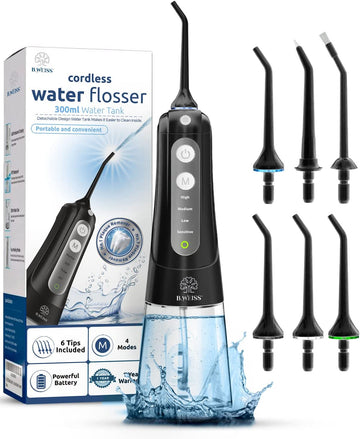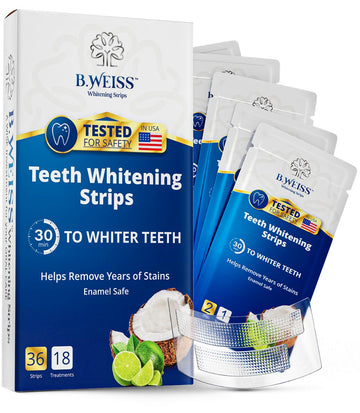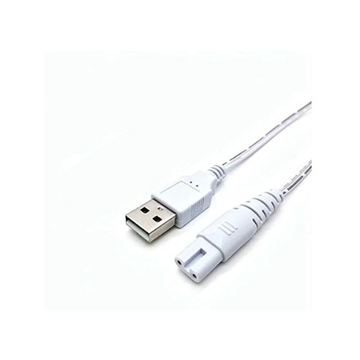From Clouded to Crystal: Mastering the Art of Deep Cleaning for Plastic Retainers
Introduction:
When mastering the art of deep cleaning for plastic retainers, choosing a purple persulfate-free retainer cleaner is key. This cleaner offers a gentle yet effective solution for removing cloudiness and buildup without harsh chemicals. By using a persulfate-free cleaner, you can restore your plastic retainer to a crystal-clear condition, ensuring its hygiene and longevity for continued use.
How Do You Deep Clean Plastic Retainers?
Deep cleaning plastic retainers involves thorough removal of debris and bacteria.
Points to consider:
- Daily Routine:
- Regular cleaning with mild soap and a soft toothbrush prevents buildup.
- Establishing a routine is key to maintaining clear and hygienic retainers.
- Deep Cleaning Steps:
- Soak in a cleaning solution for additional disinfection.
- Scrub gently with a soft toothbrush to remove any remaining debris.
How Long Do You Soak Retainers in Bleach?
Bleach can be an effective solution for deep cleaning, but it requires careful application.
Points to consider:
- Bleach Dilution:
- Mix one part bleach with ten parts water for a safe solution.
- Soak retainers for 15-30 minutes, ensuring thorough coverage.
- Rinse Thoroughly:
- After soaking, rinse retainers thoroughly with water.
- Lingering bleach residue can cause irritation.
Can You Use Dawn Powerwash on Retainers?
Dawn Powerwash is a popular cleaner, but its use on retainers requires caution.
Points to consider:
- Mild Cleaning Power:
- Dawn Powerwash is effective for breaking down oils and stains.
- Dilute the solution to avoid potential irritation.
- Gentle Scrubbing:
- Apply Dawn Powerwash with a soft toothbrush.
- Scrub gently to avoid scratching the retainer surface.
What Happens If You Soak Retainers Too Long?
Extended soaking, especially with bleach, can have adverse effects on plastic retainers.
Points to consider:
- Material Breakdown:
- Prolonged exposure to bleach may weaken plastic.
- Retainers can become brittle and prone to damage.
- Irritation Risk:
- Lingering cleaning solution can cause irritation.
- Rinse thoroughly to remove any residue.
Why Do Retainers Go Cloudy?
Cloudiness in retainers is a common issue, often attributed to various factors.
Points to consider:
- Calcium Deposits:
- Hard water or mineral-rich saliva can lead to calcium deposits.
- Regular cleaning helps prevent and minimize cloudiness.
- Improper Cleaning:
- Inadequate cleaning allows bacteria and debris to accumulate.
- Cloudiness may result from the presence of these contaminants.
Conclusion:
Deep cleaning plastic retainers is a crucial aspect of maintaining both clarity and hygiene. Whether opting for bleach soaks, Dawn Powerwash, or other cleaning methods, it's essential to strike a balance between effectiveness and the preservation of the retainer's integrity. Regular attention to cleaning rituals not only enhances the lifespan of plastic retainers but also ensures a healthy and clear oral environment.
Are you currently using or thinking about using retainer cleaning tablets? It's important to be aware that certain cleaner brands have the potential to cause toxic reactions.
It's crucial to be aware of harmful ingredients hiding in common cleaner brands. One such persulfate, which can pose SERIOUS health risks and is found in almost all leading retainer cleaners brands. Moreover, persulfate's health risks potentially impact respiratory health and skin sensitivities in your family, especially in teens and sensitive individuals. Learn more about the risk of persulfate HERE.
Disclaimer:
The content in this article is for informational purposes only and is not a substitute for professional medical advice. Always consult with a healthcare provider before making any changes to your health regimen. The author and publisher do not take responsibility for any consequences resulting from the information provided in this article.





